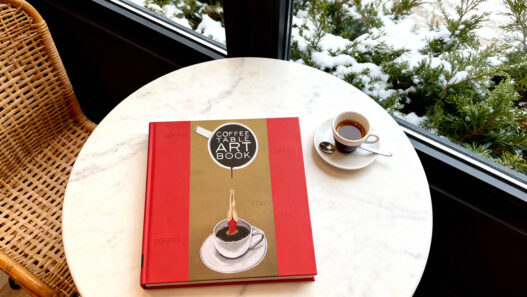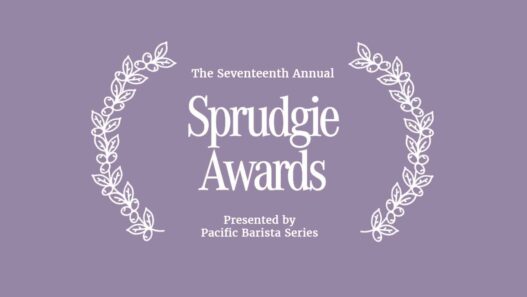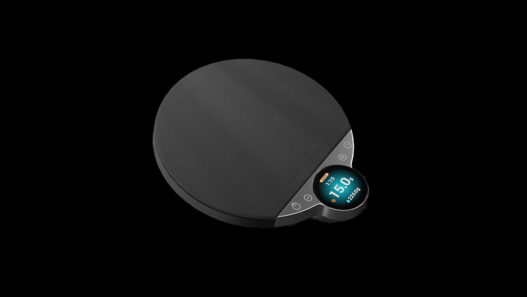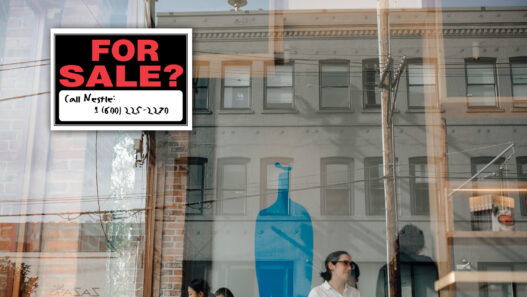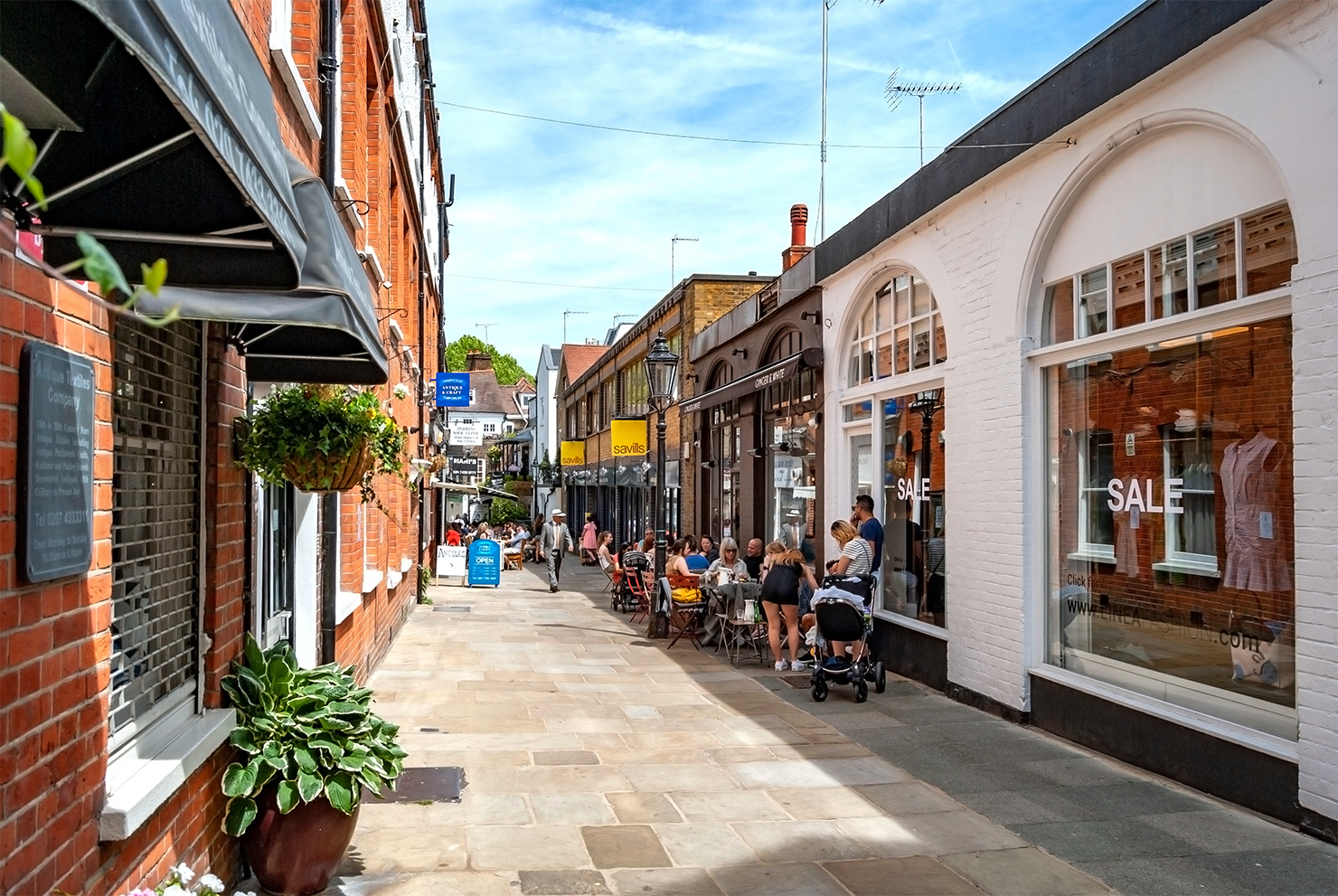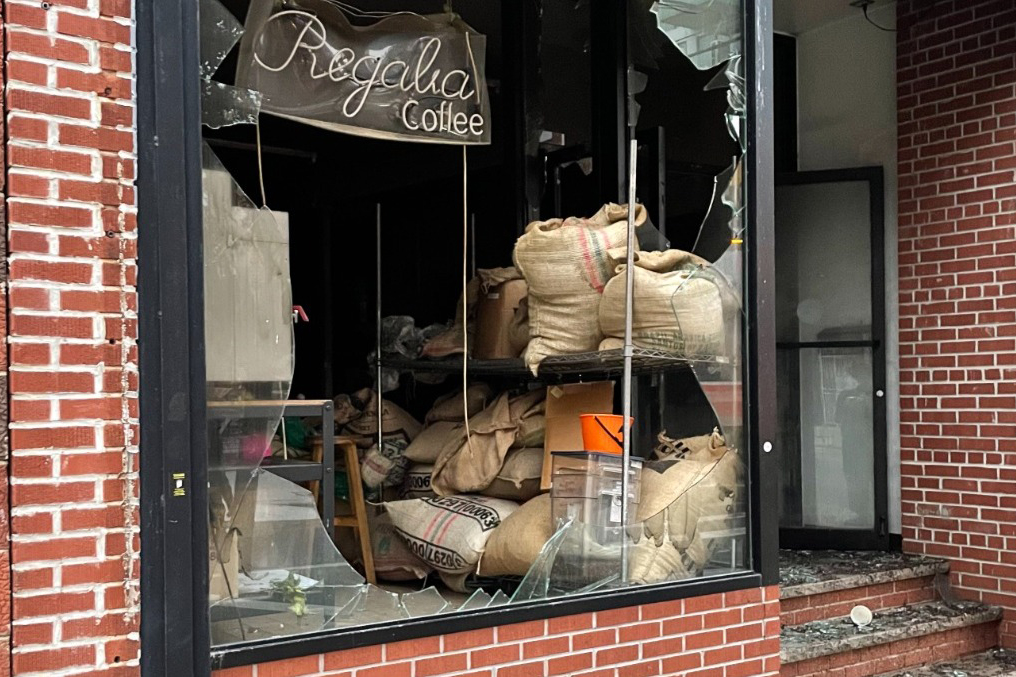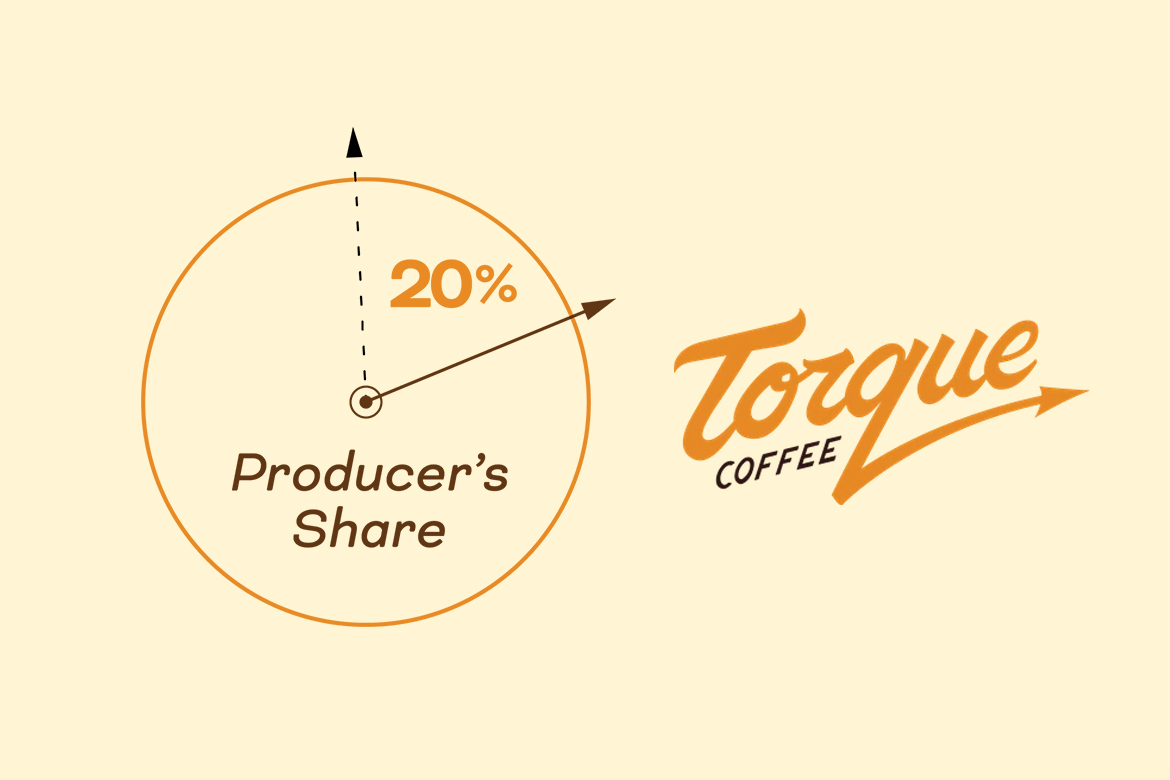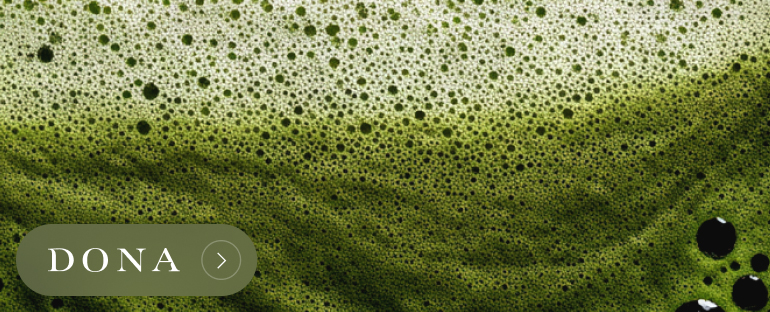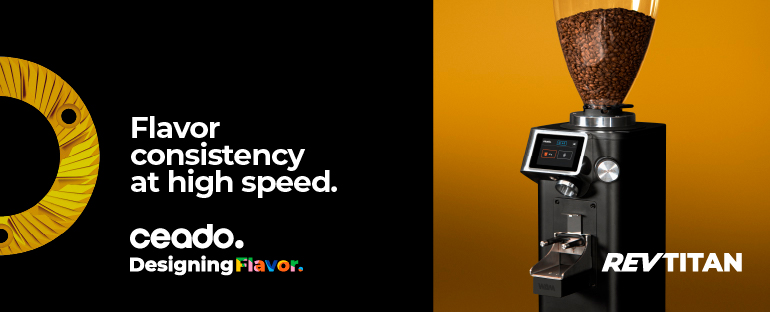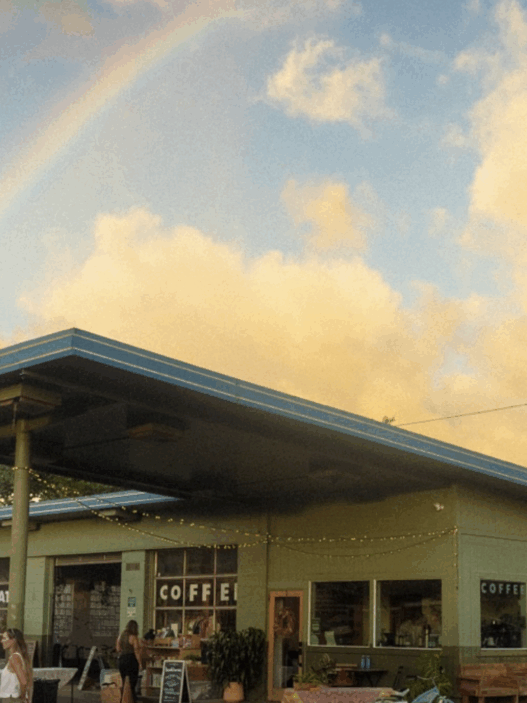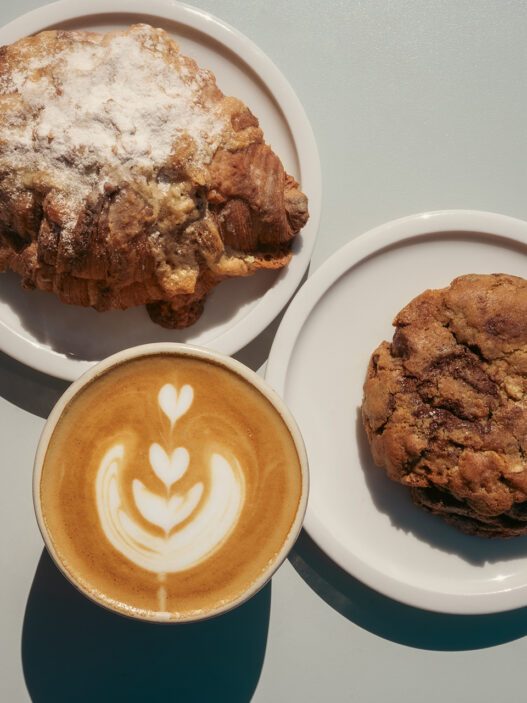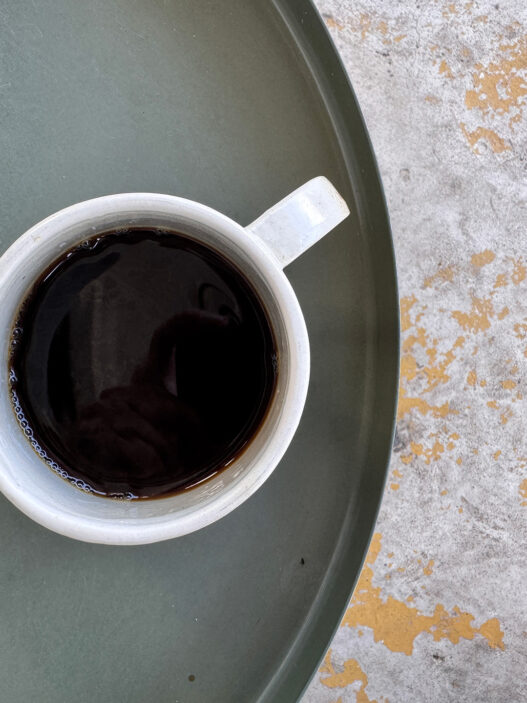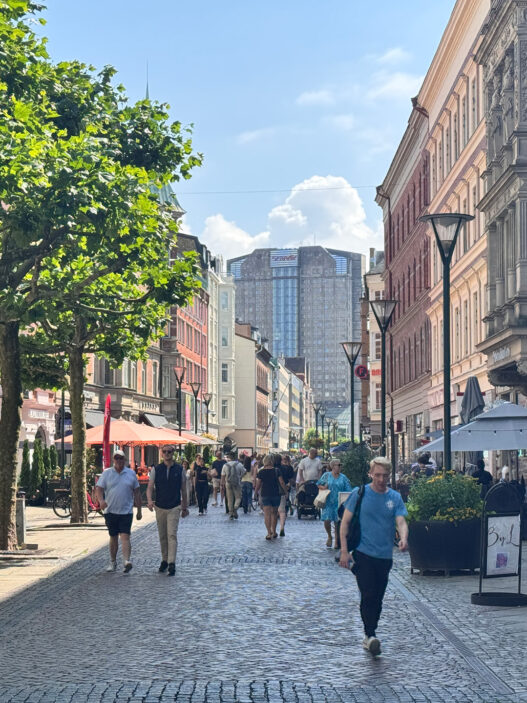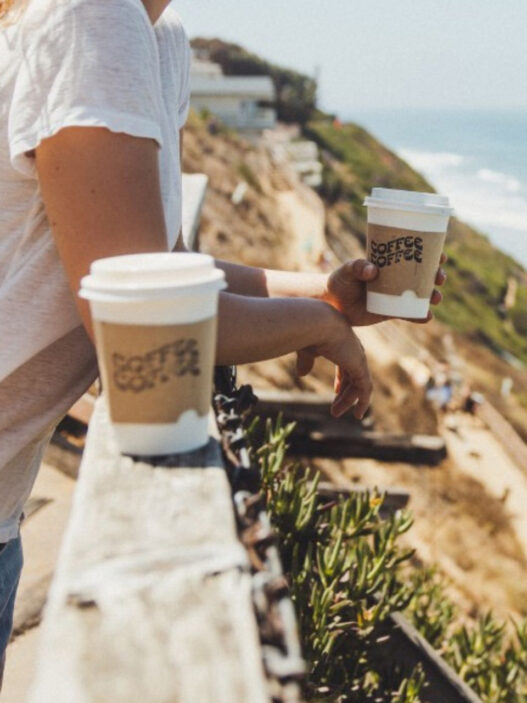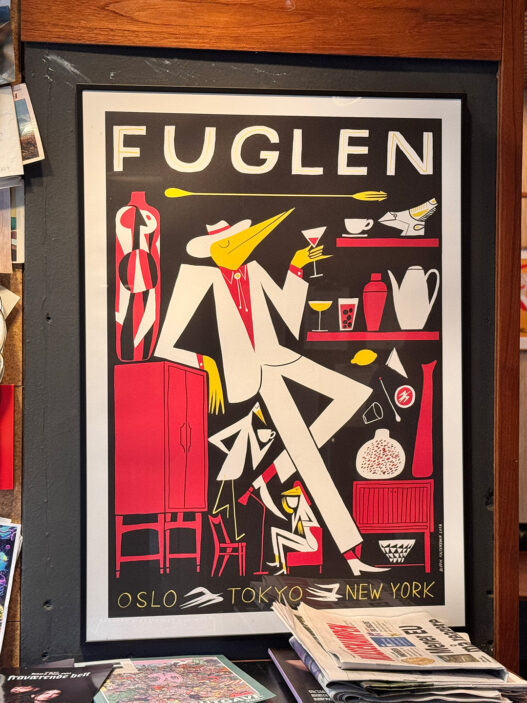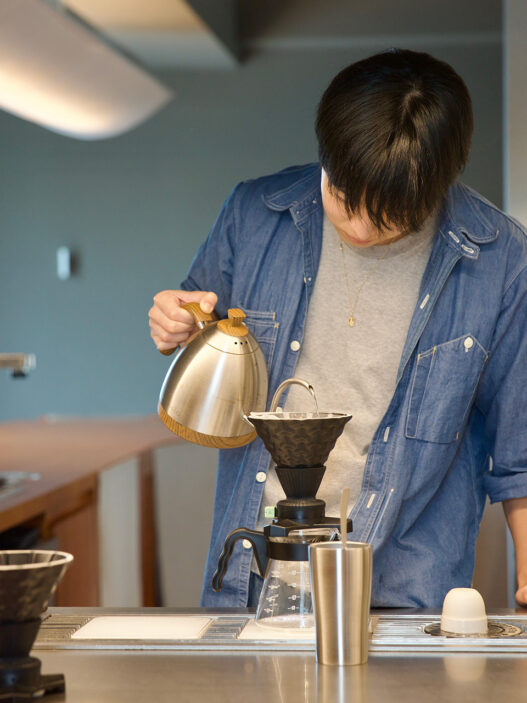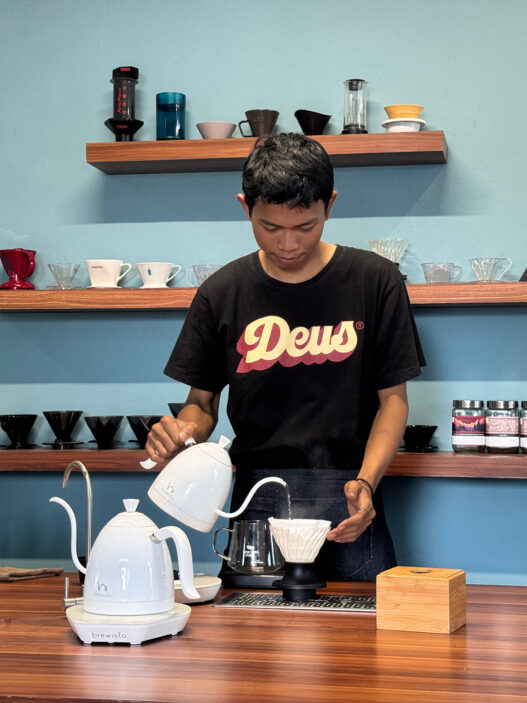North London is less of a coffee hotspot than its east. But where the previous guide in this series is in places an illustration of how speciality coffee can saturate pockets of a city like water through a puck, this more closely resembles the diffusion of a slow-brewed filter.
That’s not to say that these cafes aren’t interconnected, or are totally disparate to each other, just because the region lacks the fast friend relationships between cafes and roasters that comes with speed of growth and development. But to understand north London’s cafes, a visitor must first understand “north London”: an appositely imprecise description for a region that stretches tens of miles horizontally as well as vertically. To adapt the observation of London writer Jonathan Nunn, “to understand the food of north London, first understand [not two, but three] roads”: the A10, the A105, and the A406. The first two run roughly north to south; the latter arcs across the width of the region like a rainbow; all three connect people and places more directly than any Tube line. The communities, and cafes that they connect may be far apart—as far north as Barnet, as far south (yet still north) as Islington—but they share common infrastructure. They are north London cafes.
Per the remit of this guide, all of these cafes are destination visits as much as neighborhood essentials, but they are best (if visiting multiple) taken as something in between, as that matches most closely with the unique psychogeographic sprawl of the area. A final piece of advice to the completist: if seeking to reach all these places, don’t take the Tube; walk, or take the bus.
View this post on Instagram
Velasquez and Van Wezel
This Colombian-Dutch-owned cafe in Crouch End has gone from (brew) strength to strength since it opened in September 2016. Having begun on solid footing with a focus on Colombian coffees from top Cornish roaster Origin and then moved to Square Mile, Oscar Velasquez and Martin Van Wezel have taken a gradually expansive approach to showcasing top European roasters. Friedhats and Uncommon, both of Amsterdam and lesser-seen in London, are regulars on the brew bar. This combination of predictable excellence and more roving tastes is exactly what any regular should look for in their neighborhood cafe, and—somewhat ironically—also makes V and W a destination for London drinkers.
View this post on Instagram
Esters
Jack Lloyd-Jones and Nia Burr’s tiny Stoke Newington cafe with a bijou garden is a fiercely guarded local haunt, it’s true. But for all its regulars would prefer it to be a hidden gem, Esters’s outstanding coffee and singular approach to something called “brunch” makes it one of London’s best cafes full stop. It’s a single roaster affair here, relying on British veteran Hasbean, but their at times incredible range of coffees allows the cafe to rotate a range of filters with enough revs to satisfy even the most diehard of daily drinkers. Espresso drinks are always well made, and from time to time there’s a tempting guest on deck for the morning, whether brewed straight or paired with outstanding almond milk made in house.
View this post on Instagram
Campbell and Syme
Resident in East Finchley since 2012, Campbell and Syme initially, somehow, ran an outstanding neighborhood cafe and reliably excellent roastery out of the same realistically too small space. It’s since traded in for a larger space offsite when it comes to browning beans, but the original cafe stands strong after nearly a decade. Being an in-house roaster, coffees change most noticeably according to seasons, rather than whims, but its range of washed Ethiopian coffees (and naturals, in the guest espresso slot) is worth the annual wait: they’re founder Joe Syme’s favorite, and he treats them with care enough to blow away any hoary clichés about how they’re every barista’s first taste of real coffee, man.
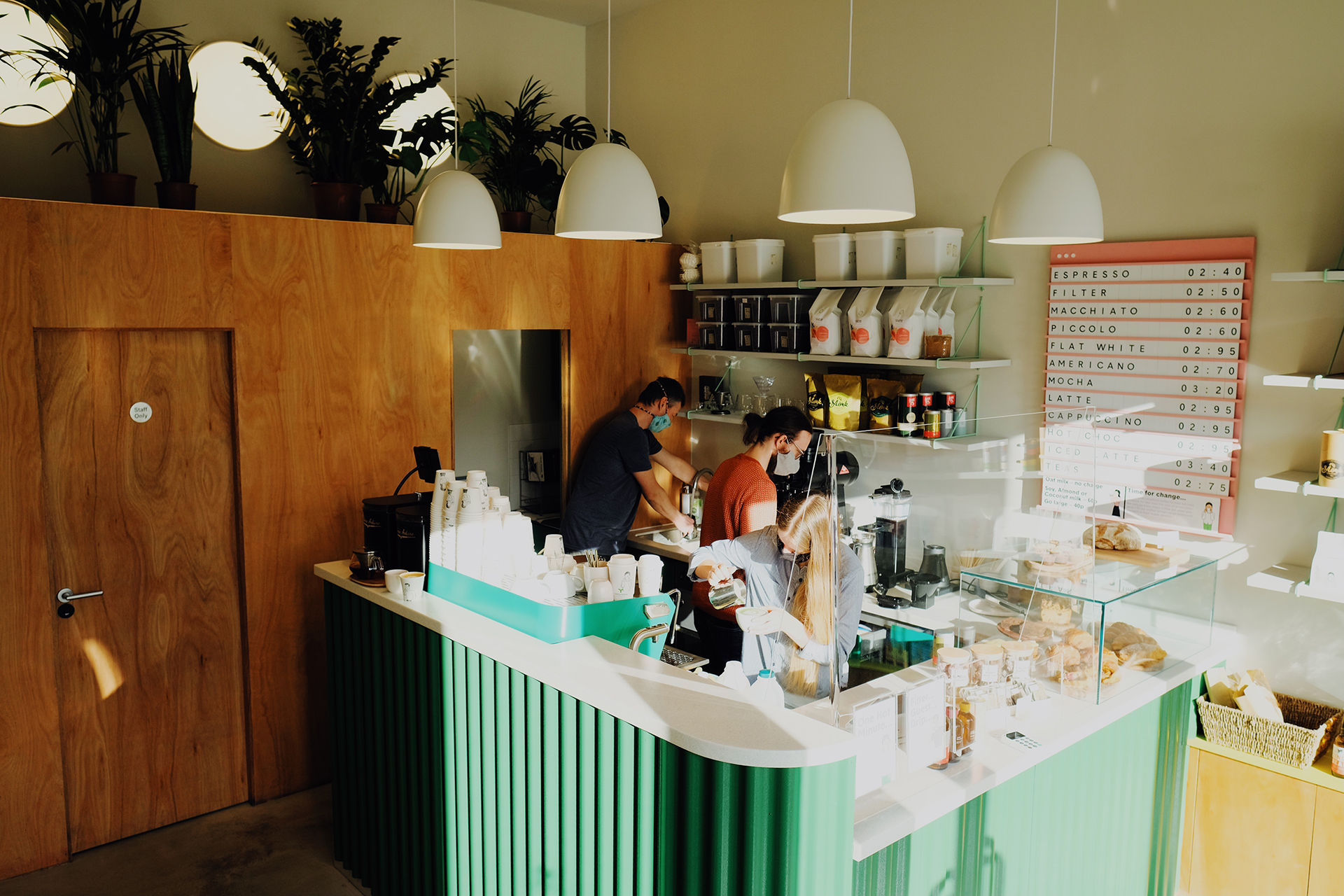
Intermission
Both one of the newest and most contemporary cafes in this north London bracket, Intermission recently took a familiar plunge: going from brewing other people’s coffee very well to roasting and brewing their own coffee instead. The pitfalls are as myriad as the transition is predictable in London coffee in 2022, but Intermission has handled it with aplomb in West Hampstead, with no loss of quality on either espresso or filter. Making such a change as a neighborhood fixture shouldn’t be underestimated—it’s all too easy to ruin a lot of people’s mornings—but it’s this kind of ambitious familiarity that makes Intermission a local standby.
View this post on Instagram
Dark Habit
Dark Habit is such a neighborhood favorite in Queen’s Park that when it moved mere meters up the road, all of London felt the reverberations.
Okay, that’s not exactly true, but such is the gravity of Rapolas Rimeika’s uncompromising shop that it’s not all that hard to believe. Coffee is these days almost always from Round Hill, close to Bath in the West Country and one of the best roasters in the country, let alone outside of London. Filter is the particular stand-out here, not as susceptible to capricious changes in quality as others in the city, but the daily driver flat white is just as carefully made, proving that Dark Habit wears its status as a local cafe as sharply as it does its status as a London one.
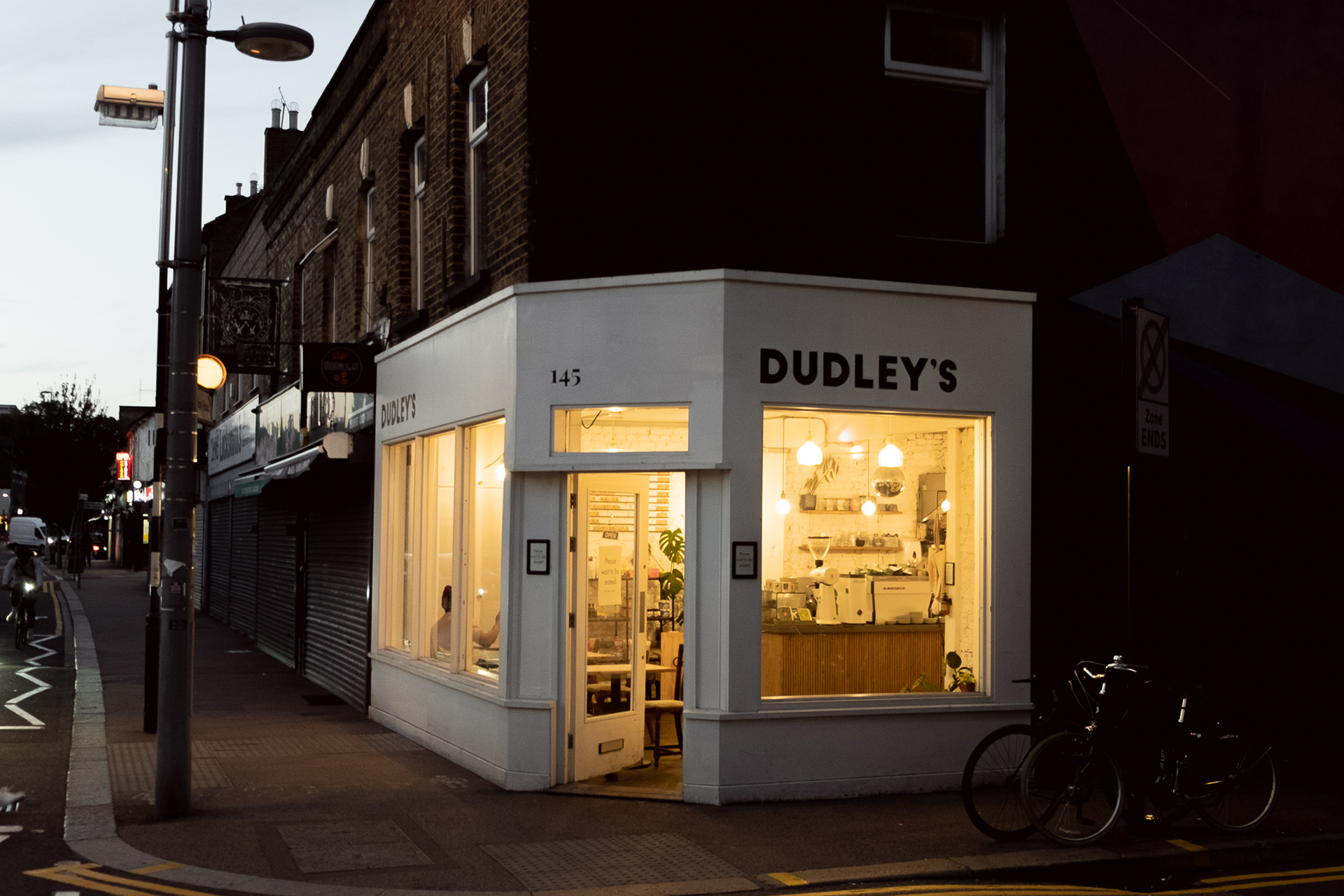
Dudley’s
James Stephenson’s Walthamstow outfit dubs itself as “more than a corner cafe,” thanks to its Sunday night events that pair vinyl DJs with guest chefs. But in truth, it’s been more than one without them for a long time, just a year into its life before COVID-19 forced lockdown in the U.K. in March 2020. With quality beans taken north from south-of-the-river Thames roaster Assembly, an inventive brunch menu, and a cool little courtyard, it’s become an essential fixture in its part of the city and beyond.
View this post on Instagram
Norman’s
British caff culture, that of strong teas and stronger cafes in big white mugs and plentiful plates of fried food, is so enduring that cafes often try to get in on it as a form of tribute, or update. All too often they completely fuck it up. But Norman’s, between Tufnell Park and Archway, is a “British cafe” with soul to match the aesthetics, both forward looking and in touch with the city’s cultural roots it takes nourishment from, in the way that Télescope feels like a Parisian cafe despite all the AeroPresses. Brilliantly brewed coffee from Dark Arts comes in a big mug—filter is the choice here—to be slurped alongside butties, fry-ups, and specials like bolognese on chips. Puddings are especially good here.
View this post on Instagram
Nkora Barnet
Housed in a beguilingly beautiful church front (behind it, a modern shopping centre) Nkora’s move from east London to north has brought quality brews to Barnet. As well as a focus on provisions (wine, granolas, other bits) occasioned by the COVID-19 pandemic and its conversion of so many cafes into grocery stores, there’s always a covetable selection of retail on the shelves, perhaps from Edinburgh’s Fortitude; Cornwall’s Origin; or mainstay roaster Assembly, which provides the beans for rich and creamy espresso drinks as well as delicate filters. Like any truly good local coffee bar, all bases are thoroughly covered.
View this post on Instagram
The Fields Beneath
The Fields Beneath opened in Kentish Town in 2012; five years later it removed animal products from its menu entirely. Founders Gavin Fernback and Sibylle Meyfret (the latter of whom left in 2014) named the cafe for local writer Gillian Tindall’s psychogeographic history of the area published in 1977, and has over a decade built its own deep connection to the area. Its coffee is roasted on its behalf by Butterworth and Son, but comes from a direct relationship with Colombian grower Luzma Marina and the Santa Elena estate in Costa Rica, where Marina was one of the first to use the “honey” process that is now famous in the country’s production. Righteous, but not po-faced, it’s a wonderful example of a cafe on a mission.
James Hansen (@jameskhansen) is a London-based journalist and an associate editor at Eater London. Read more James Hansen for Sprudge.




